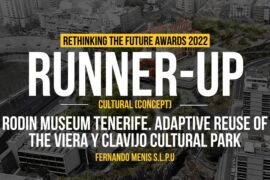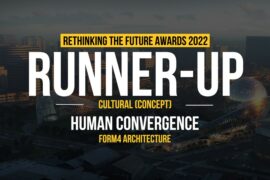The Costume Museum of Canada (CMC) is the first of its kind in Canada. It works as a comprehensive repository where Canadian clothing and textile artifacts are collected, preserved, and presented. Traveling exhibits are important to the CMC to present the collection to a wider audience; however, the CMC’s financial limitations restrict how they can support traveling exhibitions. This practicum project addresses the desire of the museum for a facility to stage traveling exhibits by the design of a Traveling Exhibition System (TES) for the CMC. The practicum project aims to design a flexible and dynamic Traveling Exhibition System (TES) that will allow the CMC to create traveling exhibits of their collection in a cost effective and sustainable manner with a minimum requirement for skilled assembly.
Participant Name: Deniz Ozge Aytac
Country: Turkey

There were two motivations to investigate traveling exhibitions and Costume Museum of Canada specifically: cultural and financial. Traveling exhibits are a way to reach out to communities and disseminate information making cultural information accessible. As for a cultural motivation, the CMC has the potential to revitalize the community’s historical memories and provide information about fashion and social history and culture by traveling to places in Winnipeg and staging exhibitions. In terms of a financial motivation, the CMC doesn’t have a permanent gallery currently and creates revenue by staging exhibitions around Winnipeg so that it can continue to stay actively in the community.

Therefore, the intent of this project was to propose a traveling exhibition system that will be able to be built in public spaces — existing buildings and interiors specifically — as a consequence, it needs to be flexible and dynamic, cost effective, sustainable — in other words can be maintained for a long term– and able to assembled by volunteers. Throughout this project, I questioned what kind of design elements and spatial qualities I need to employ to enhance visitors’ experience in the exhibition space, fulfill their expectations of a cultural exhibition, and successfully convey a cultural message. In an ever changing exhibition practice based on visitor profiles, expectations and experiences. I found from the literature review that, current exhibition goers are more engaged with artifacts and value the learning and presentation process which gives the exhibition space a theatrical quality; where visitors are seen and see as both actors and audience. I was drawn to creating a theatrical quality without relying on the artifact displayed. This project investigated and combined two main aspects into the proposed design: Feasibility and Exhibition. Feasibility is related to the flexibility and dynamics of the system; cost-effectiveness, sustainability, and requirement for volunteer assembly.

Whereas, the exhibition aspects are related to focusing on display qualities of the artifacts and fulfilling visitors’ expectations. In order to set up traveling exhibitions in various public spaces the client needs a system that can be flexible and dynamic. There are three levels of flexibility that have been proposed in this project which respond to spatial configuration, structural assembly and the display system design.
In
Cultural
Costume Culture: A Traveling Exhibition System Design for the Costume Museum of Canada | Deniz Ozge Aytac
3 Mins Read





